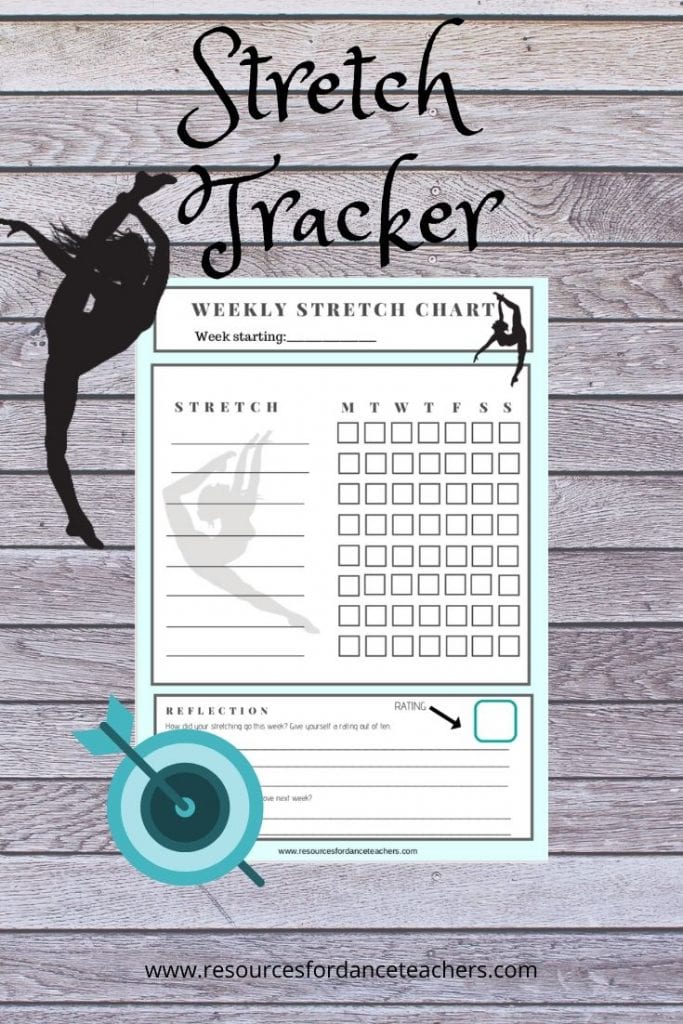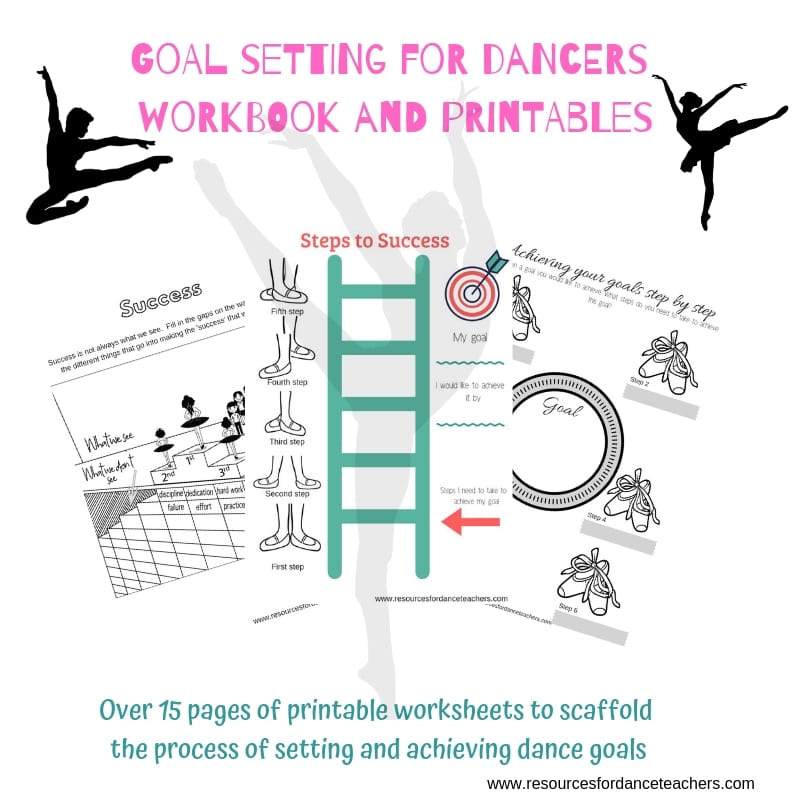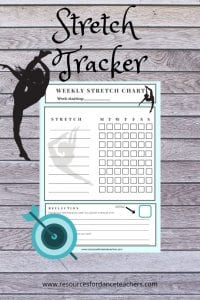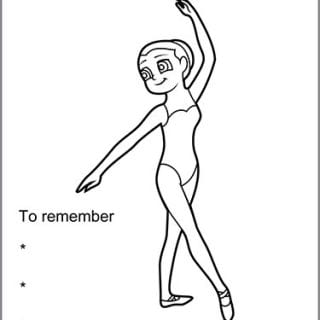How to help your dancers to set dance goals
Equipping our dancers with the tools to not only set dance goals but to achieve them, may well be one of the most valuable things we can do as dance educators. Learning how to set and achieve dance goals not only helps us in our endless quest to help our dancers be the very best they can possibly be BUT it also teaches them valuable life skills that will benefit them in all areas of their lives. Setting dance goals isn’t all that hard, but sticking with the process of achieving them can be challenging. We all know what it’s like – a new year is here and we have the best intentions of starting a new health and fitness regime but then one day passes and then the next and before you know it another week is gone!
How to set Dance Goals – the research
Research shows that to give yourself the best chance of achieving a goal, your goals need to be SMART goals. This is particularly relevant when we set Dance Goals. SMART goals are very SPECIFIC, they are MEASURABLE, they are ATTAINABLE, RELEVANT and they are TIMED. You can find the Goal Setting Resource pack, designed especially for dancers here. This pack draws on the latest research into Goal Setting and scaffolds the process as it applies to Dance Goals, Dancers are challenged to explore and understand roadblocks, overcome negative thinking, and fully explore the relationship between effort and success. The following is a summary of the basis of this pack.
SMART GOALS
Specific goals
Rather than setting a general goal like, “I want to become more flexible”, it is important to be very specific. When you set dance goals, phrase them in a way that specifies exactly what you want to do. Your SMART goal could be, “I want to have all my splits flat and be able to have a flat hamstring stretch”.
Measurable goals
It is important that goals are also measurable. In the case of our flexibility goal, it will be clear when the goal is achieved so it is easy to measure. If your goal was something like, “I want to be able to do triple turns on both sides”, you would need to set a way to tell if your goal has been achieved. This might be something like being able to do 2 sets of clean triples.
Attainable goals
When we set dance goals that are attainable, they are known as ‘stretch’ goals (how appropriate). A stretch goal is something that is just outside what you can currently do. So for example, if you were flat in your right splits and almost flat in your left and middle, being flat in all three splits would be a stretch goal for you. If, however, you were a beginning dancer and weren’t close to any of your splits yet, your stretch goal might be to achieve the right split first and then start working up from there. In order to set your goal, you should look at where you are and then set something just outside your reach. Once you have achieved that you can set your next ‘stretch’ goal. In this way, the sky really is the limit!
Relevant goals
In order to give you the best chance of achieving your dance goal, it is also important that it is a ‘relevant‘ goal, that is is something that will really have an impact on your dancing. This will be different for everybody.
Timed goals
Finally, when you set dance goals, they should have a specific time limit on them. Far better to work to a deadline than to just vaguely think about the future. By putting a time limit on your goal, you are immediately more motivated to work towards your goal. Your time limit might be something like “I want to achieve flat splits by the end of May”
By applying each of these criteria to your dance goals you can turn any regular goal into a SMART goal. So our initial goal of becoming more flexible becomes
“I want to be flat in all three splits and my hamstring stretch by the end of February because it will help me with my technique and will improve my solo. It will also mean I can contribute more to the group routines”.
How to set Dance Goals and be accountable.
Once you have set dance goals and turned them into a SMART goal, the next step is to work out exactly what needs to be done. In the case of our flexibility goal, this would most likely be a series of stretches to perform each day. One way to encourage dances to stick to this regime is to break some sort of ‘don’t break the chain’ motivation. This free stretch tracker is perfect for developing a weekly stretch and or strengthening routine. Have your dancers present you with their weekly stretch chart to add an extra layer of accountability. This works particularly well if you take before and after photos of the stretches they are working on. The improvement in my own students has been exceptional. To download the stretch tracker just enter your email below.
For more resources designed to help your dancers let go of their fear of failure, start to operate beyond their comfort zone, fix their corrections and set and achieve goals that will fast track their progress to help them achieve amazing things, check out the Growth Mindset for Dancers resource kits over in the store.






